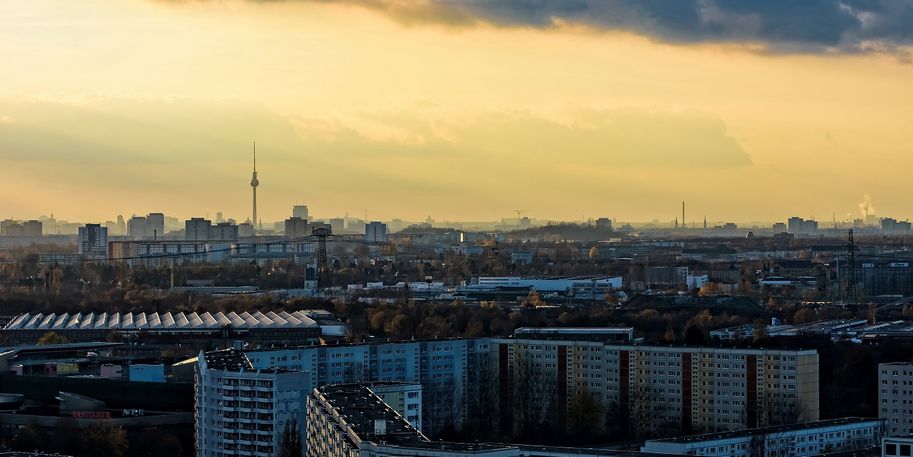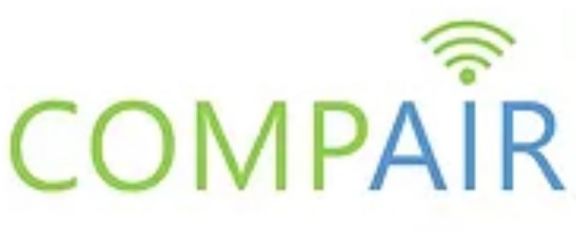Creating healthy, sustainable and inclusive neighbourhoods in urban areas - this is the goal of the European project COMPAIR focusing on air quality monitoring in the cities of Athens, Berlin, Sofia, Plovdiv and the Belgian region of Flanders. In a series of workshops, citizens and experts will work together to develop citizen-friendly solutions for measuring and analysing air pollution and for developing strategies to improve air quality.
The second COMPAIR workshop, organised by inter 3, Fraunhofer Heinrich Hertz Institute (HHI) and the European Citizen Science Association (ECSA), took place as a hybrid event on June 22 at CityLAB Berlin. Dedicated citizens came together in a pleasant atmosphere to contribute their ideas on the topic of visualising air quality and traffic counts. The workshop served the purpose of introducing the participants to first drafts of two visualisation technologies and hearing their opinions on the functionalities and design of these technologies.
User-friendly measurement technology for checking air quality
Vlatko Vilović from inter 3 introduced the COMPAIR project online. The focus lay primarily on the application of sensors for air and traffic measurement as well as the visualisation of air and traffic data in the context of Berlin’s two pilot projects.
Afterwards, a platform for visualising air pollution in playstreets was presented. The platform aims to investigate the consequences of temporary playstreets that are closed to car traffic. It will visualise both the effects on traffic displacement and on air quality in the playstreet itself as well in the surrounding streets. Participants contributed their ideas and thoughts on the different elements of the platform in three interactive exercises.
The second step focused on participants’ feedback on an interactive augmented reality (AR) app for visualising air pollution. The app displays air quality data on mobile devices so that information about ambient air quality can be shown and hidden as needed. Sylvain Renault, project partner from Fraunhofer HHI, presented the core idea of AR technology at the workshop. Here, too, the participants were able to express their opinions and make suggestions for improving the design of the AR system.
Where do we go from here? The results will be evaluated and passed on to the project’s technical team, with the most important and useful functionalities being taken into account during the upcoming platform development phase. The final product will then be used in the implementation phase of the two Berlin pilot projects.
You can find the latest information on this and other developments on the COMPAIR website. Stay tuned!
Bringing together citizen science and sustainable urban development
The collaborative work of citizens, experts and scientists is at the heart of this EU citizen science project. Transport and environmental experts, committed urban designers and climate activists as well as municipal decision-makers are brought together to work on joint solutions at eye level. The results produced by citizen scientists will be incorporated into existing statistics and supplement and optimise environmental policy decision-making criteria. With examples from all over Europe, the project will also demonstrate how cities and municipalities can use citizen science projects to involve their citizens in sustainable urban development and achieve their sustainability goals.

